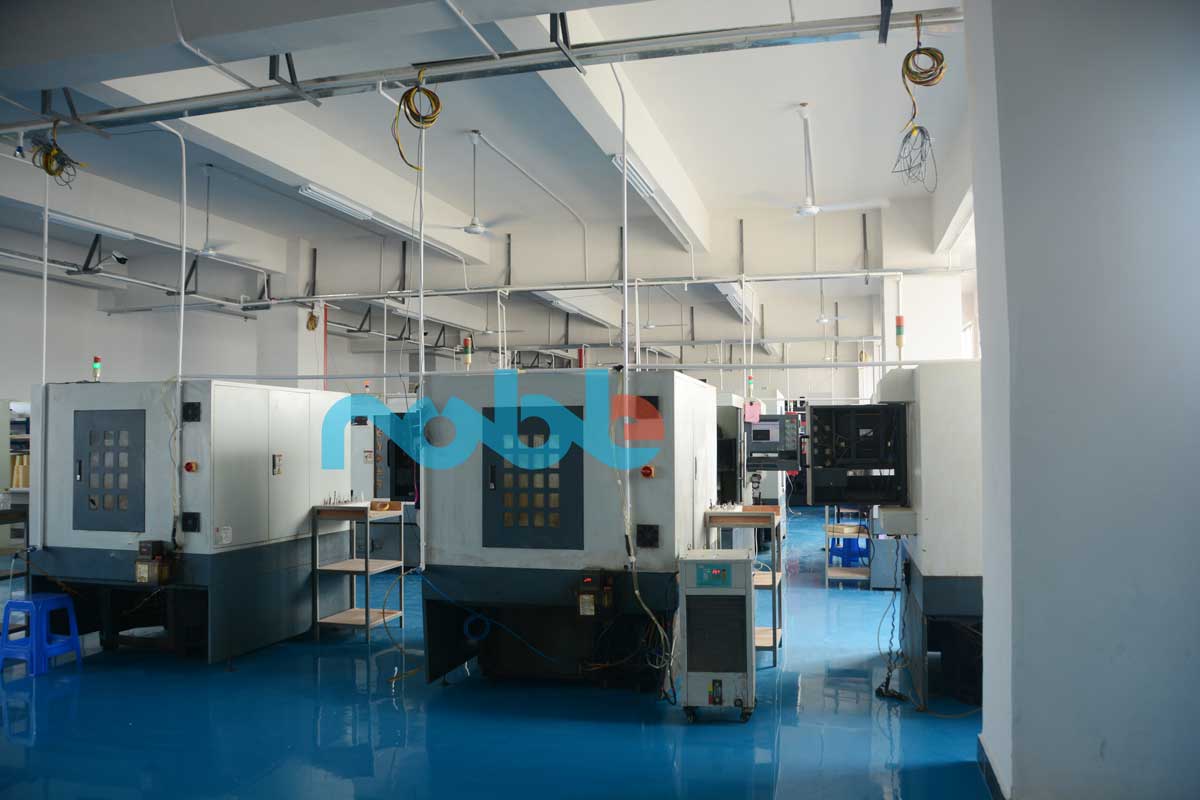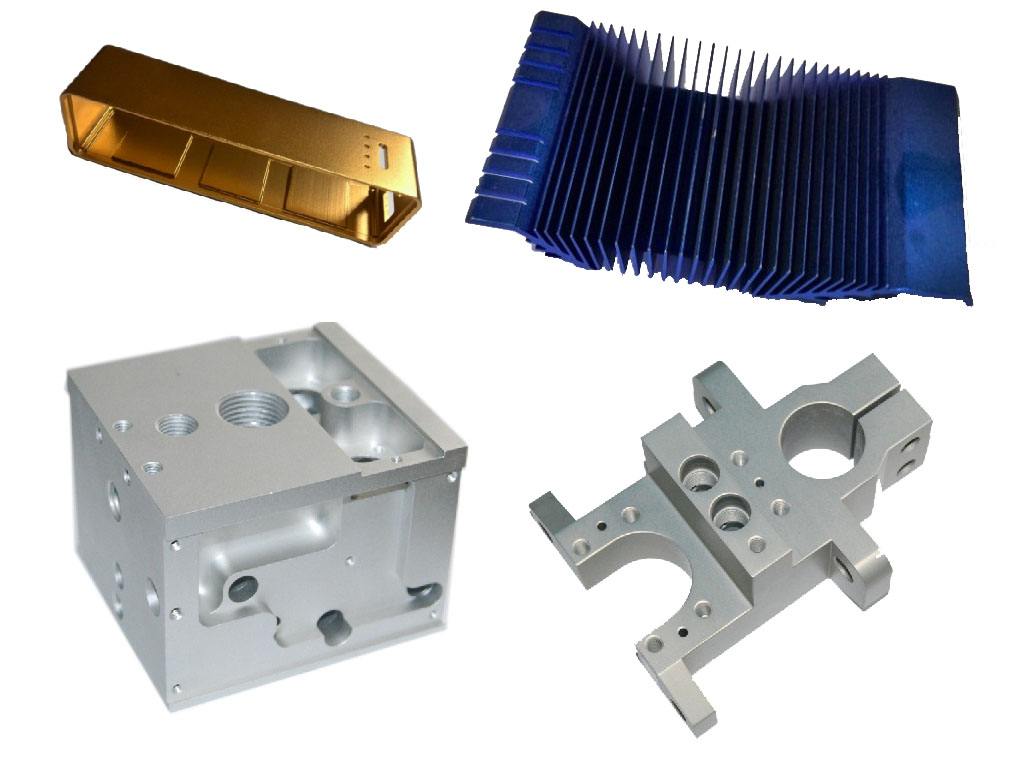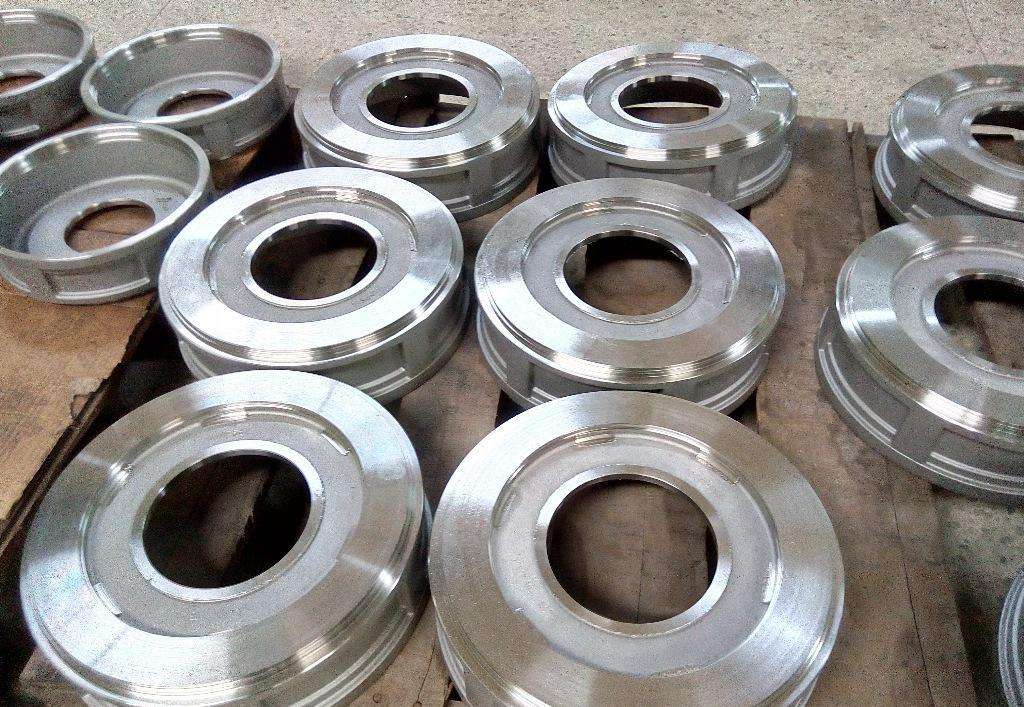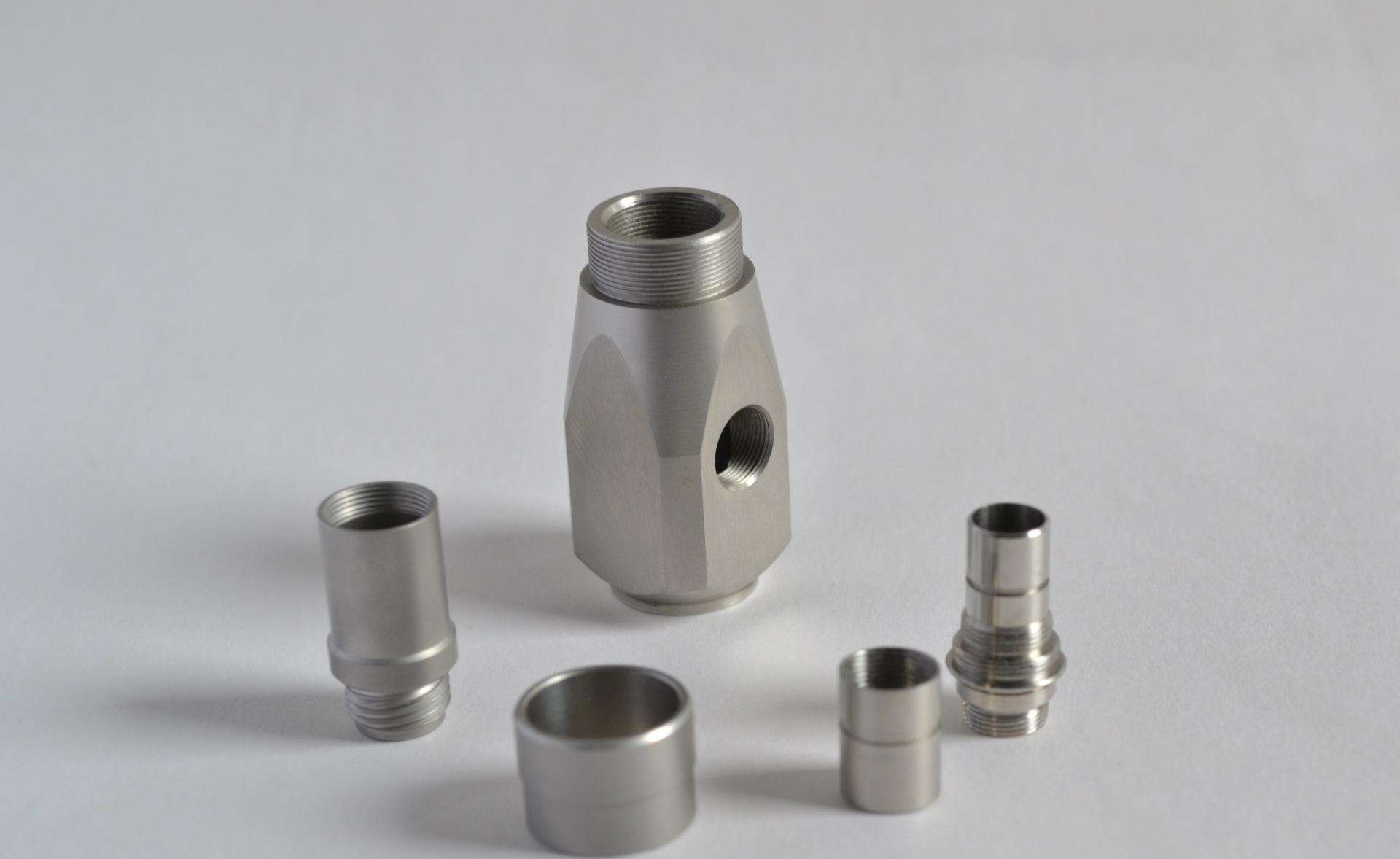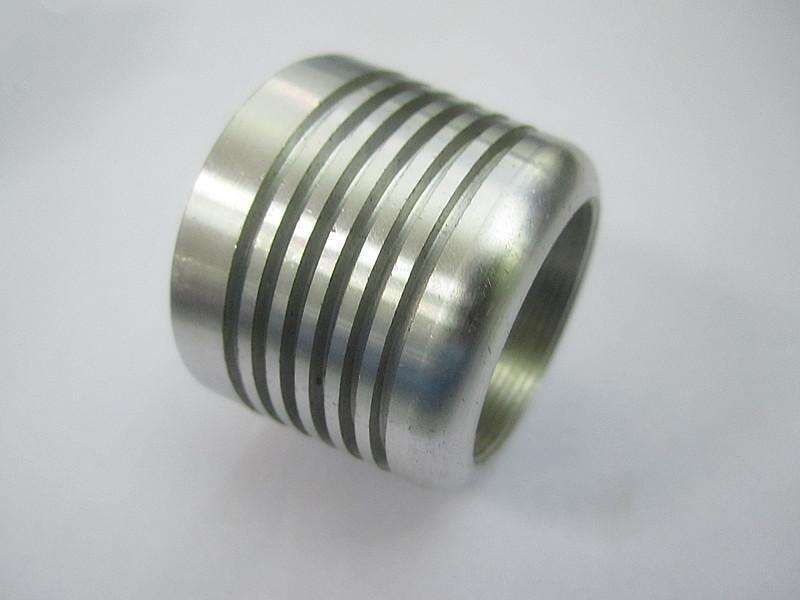CNC machining is the soul of modern medical treatment
In a world where doctors are limited, but the emerging diseases are constantly growing with superbacteria, health care is not only a concern for every country, society, government or individuals, but also an important field of concern for the scientific community.
The United States, the world’s most developed economy, also has to carry out medical reform because of its poor fairness and inefficiency. In China, health care and education and housing are the three major livelihood issues. There are also some problems such as poor doctor-patient relationship, drug maintenance, and imbalance between medical resources and regions. In the most worrying medical service in India, the proportion of doctors and patients is the lowest in the world. The average annual population bonus is about 7%. The average number of doctors in the world is 0.2, which is less than 1/5 in the US. There are 1000 doctors in the world. Because of the special conditions, India’s financial investment in medical and health is also seriously inadequate.
If the medical technology and nursing diagnosis is the icing on the cake for developed economies, but put in the middle less developed and backward areas, can make up for the shortage of talent and the defects of the system, its role is timely assistance.
In fact, the use of AI technology to solve specific health problems and diseases has long been studied. Gratifying is that in the recent “2017 world medical robot conference”, the top medical science and technology experts have published the latest research results. The following is a summary of the results of OFweek medical network editing and editing.
Mohamed Bouri, leader of the rehabilitation and auxiliary robot of Robotics Institute, Federal Institute of robotics, Lausanne, and the academic leader of the EU FP-7 robot project.
As a rehabilitation robot, need to have the following characteristics: first, it must be removable, convenient to use; secondly, the robot needs to be able to and carry on the corresponding interaction; again, can let patients adapt to the realistic environment, and traceability; finally, the machine need ability to progress the corresponding adaptability.
Then, he introduced the Federal Polytechnic School of Lausanne Institute of robotics rehabilitation robot equipment, including a help people walk normally not more than 15kg of the equipment, rather than use crutches, this device is more convenient and labor-saving; the second devices is help the elderly walking inconvenience, can achieve automatic; third can be with human communion external skeletal Autonomyo symbiosis, it can be manipulated, hip, knee and ankle joints of three joints.
Cao Qixin, director of the Institute of biomedical manufacturing and quality of life engineering, Shanghai Jiao Tong University, China artificial intelligence society, intelligent robot Specialized Committee.
The rehabilitation robot can be broadly divided into four categories: one is to replace the function type, such as prosthesis; second is the car, very creative, not only low cost, is also very suitable; third is the sports fitness robot; the last is composite robot will restore and exercise together.
From the perspective of development path, rehabilitation medicine, from manpower to equipment, to rehabilitation robots, will also introduce IOT and AI technology in the future, including virtual reality. In China, a large number of new private industries and institutions are being built, and this “folk first and government purchase” model has been gradually formed.
George Ding

